Introduction to Plume d’injection
Understanding the Role of Injection Quill in Modern Industries
Injection Quill is indispensable in modern industries, significantly enhancing the precision and efficiency of chemical processing. These devices enable accurate chemical dosing, a critical factor for maintaining product quality and adhering to safety standards. With their ability to inject chemicals directly into a system or process stream, injection quills facilitate optimal mixing and reaction efficiency, leading to more consistent chemical reactions and ensuring product uniformity.
Furthermore, the application of injection quills spans a variety of sectors beyond chemical processing. In the oil and gas industry, they are essential for preventing corrosion and buildup within pipelines, effectively extending the infrastructure’s operational lifespan. Water treatment facilities also rely on injection quills to accurately administer disinfectants and coagulants, which are vital for meeting safety standards and environmental regulations.
In the pharmaceutical industry, the precise dosing capabilities of injection quills are crucial for adding exact chemical amounts during drug manufacturing and maintaining the efficacy and safety of medications. The food and beverage industry benefits similarly, using these tools to precisely incorporate preservatives or other additives, thus enhancing product stability and shelf life.
Overall, the strategic importance of injection quills is evident across multiple industries. They not only drive operational efficiency and ensure safety but also support compliance with rigorous industry standards, underscoring their widespread adoption and continuous technological advancements.
Why the Right Supplier Matters
Choosing the right injection quill supplier, such as EMT, is crucial for maintaining high operational efficiency in your processes. EMT stands out by prioritizing ‘quality first,’ ensuring that every quill meets the highest standards of precision and durability. This commitment significantly reduces the risk of operational disruptions, which can lead to costly downtime and maintenance.
Furthermore, EMT’s injection quills boost efficiency by enabling precise chemical dosing. This precision ensures optimal chemical usage and reaction outcomes, streamlining processes and reducing waste. As a result, businesses can achieve better control over their production costs and enhance overall productivity.
In addition, the long-term benefits of partnering with a supplier like EMT extend beyond immediate operational efficiency. The reliability and quality of EMT’s products ensure fewer replacements and lower maintenance needs over time. This durability translates into sustained performance and cost savings, giving businesses a competitive edge in their respective markets.
Therefore, EMT’s dedication to quality and customer satisfaction fosters strong, dependable relationships with its clients. Businesses can rest assured knowing they have support from a supplier committed to their success. This reliability is essential for long-term planning and scaling operations, as consistent product quality supports predictable and stable process outcomes.
Modèle de sélection
| Modèle | ||||||||||||||||||||||||||||
| SI | Plume d’injection chimique | |||||||||||||||||||||||||||
| -Code | Bouchon | |||||||||||||||||||||||||||
| Pxxx | Type | Matériel | Scellement Matériel | |||||||||||||||||||||||||
| 0 | Aucune demande | 0 | CS | 0 | Aucune demande | |||||||||||||||||||||||
| 1 | Creux Corps de la prise | 1 | 316SS | 3 | DSS | 1 | Joint torique Viton / Garniture primaire en PTFE | |||||||||||||||||||||
| 2 | Corps de prise solide | 2 | 316LSS | 4 | INCONEL | 2 | HNBR | |||||||||||||||||||||
| –Code | Écrou d’injection | |||||||||||||||||||||||||||
| Nxx | Taille de la connexion | Matériel | ||||||||||||||||||||||||||
| 0 | c’est-à-dire aucune demande | 0 | i.e. CS | |||||||||||||||||||||||||
| 1 | c’est-à-dire 1/4" | 1 | c’est-à-dire 316SS | 3 | c’est-à-dire le DSS | |||||||||||||||||||||||
| 2 | c’est-à-dire 1/2" | 2 | c’est-à-dire 316LSS | 4 | c’est-à-dire INCONEL | |||||||||||||||||||||||
| –Code | Injection Tube | |||||||||||||||||||||||||||
| Sxxx-Lx" | Taille de la connexion | Matériel | Buse | Taille de ligne (x") | ||||||||||||||||||||||||
| 0 | Aucune demande | 0 | CS | 0 | c’est-à-dire aucune demande | La position la plus efficace pour l’injection se situe généralement au centre du tuyau | ||||||||||||||||||||||
| 1 | c’est-à-dire 1/4" | 1 | c’est-à-dire 316SS | 1 | c’est-à-dire ouvert | |||||||||||||||||||||||
| 2 | c’est-à-dire 1/2" | 2 | c’est-à-dire 316LSS | 2 | c’est-à-dire Quill | |||||||||||||||||||||||
| 3 | c’est-à-dire le DSS | 3 | i.e. Cap & Core | |||||||||||||||||||||||||
| 4 | c’est-à-dire INCONEL | |||||||||||||||||||||||||||
| –Code | Mamelon et valve (ou extrémité bride) du té | |||||||||||||||||||||||||||
| Txx | Taille de la connexion | Matériel | ||||||||||||||||||||||||||
| 0 | c’est-à-dire aucune demande | 0 | i.e. CS | |||||||||||||||||||||||||
| 1 | c’est-à-dire mamelon de 1/4 po | un | c’est-à-dire mamelon et valve de 1/4 po | 1 | c’est-à-dire 316SS | |||||||||||||||||||||||
| 2 | c’est-à-dire mamelon de 1/2 po | b | c’est-à-dire mamelon et valve de 1/2 po | 2 | c’est-à-dire 316LSS | |||||||||||||||||||||||
| 3 | c’est-à-dire mamelon 3/4" | c | c’est-à-dire mamelon et valve 3/4" | 3 | c’est-à-dire D SS | |||||||||||||||||||||||
| 4 | c’est-à-dire 1" Mamelon | d | c’est-à-dire mamelon et valve de 1 po | 4 | c’est-à-dire INCONEL | |||||||||||||||||||||||
| 5 | c’est-à-dire bride 1/4" | e | c’est-à-dire 1/4" Bride d’extrémité de mamelon | |||||||||||||||||||||||||
| 6 | c’est-à-dire 1/2" Bride | f | c’est-à-dire 1/2 "Bride d’extrémité de mamelon | |||||||||||||||||||||||||
| 7 | c’est-à-dire bride 3/4" | g | c’est-à-dire 3/4 "Bride d’extrémité de mamelon | |||||||||||||||||||||||||
| 8 | c’est-à-dire bride de 1 " | h | c’est-à-dire 1" Bride d’extrémité de mamelon | |||||||||||||||||||||||||
| Par exemple, SI-P221-N12-S122-L4"-T22 | ||||||||||||||||||||||||||||
| SI:e.g. Sampling & Injection Assembly, | ||||||||||||||||||||||||||||
| P221 : par exemple corps de connecteur solide en joint torique Viton 316LSS et garniture primaire en PTFE, | ||||||||||||||||||||||||||||
| N12 : par exemple, la taille de la connexion de l’écrou d’injection est de 1/4 "et Le matériau est 316LSS. | ||||||||||||||||||||||||||||
| S122 :p. ex. injection Tube La taille de la connexion est de 1/4" et Le matériau est 316LSS. Le type de buse est des piquants | ||||||||||||||||||||||||||||
| L4 » :Pour tuyau de 4 ». | ||||||||||||||||||||||||||||
| T22 : Mamelon de la taille de la connexion en T est de 1/2", Le matériau de l’écrou est 316LSS | ||||||||||||||||||||||||||||
What is an Injection Quill?
An injection quill is a device that injects chemicals directly into pipelines or tanks. This process ensures thorough mixing of the chemicals with the flowing stream or the contents of the tank.
Basic Concept and Design
The design of an injection quill typically features a long, narrow tube. This tube extends into the pipeline or tank, allowing for precise chemical delivery. At its core, the quill prevents the chemical from clinging to the entry point, promoting effective dispersion.
Primary Functions and Uses
Injection quills serve critical functions in various industries. They primarily handle the safe and efficient injection of chemicals into streams. These chemicals often include inhibitors to prevent corrosion, additives for process optimization, or agents for water treatment. This ensures consistent quality and safety of the processed materials or final products.
Types of Injection Quills
Manufacturers classify injection quills based on the material and design.
Material-based Categorization
Common materials include stainless steel and carbon steel. Stainless steel quills resist corrosion, making them ideal for harsh environments. Carbon steel quills, being more cost-effective, suit less aggressive applications.
Design Variations
In terms of design, quills come in flanged or threaded varieties. Flanged quills offer robust connections for high-pressure applications. Threaded quills provide versatility and ease of installation in various settings.
In summary, understanding the different types of injection quills helps in selecting the right one for specific industrial needs. Whether it’s managing the quality of a product or ensuring the longevity of equipment, these quills play a vital role in industrial processes.
Foire aux questions
What is the lifespan of a high-quality injection quill?
The lifespan of a high-quality injection quill can vary depending on several factors, including the material it is made from, the chemicals it is exposed to, and the operational conditions. Generally, a well-manufactured injection quill from a reputable supplier like EMT can last anywhere from 5 to 10 years if properly maintained and used under normal operating conditions.
How often should injection quills be replaced or maintained?
Regular maintenance is key to extending the lifespan of an injection quill. It is recommended to inspect injection quills at least once a year for signs of wear and tear or corrosion. Replacement intervals, however, depend on the specific operating conditions and the nature of the chemicals involved. Always refer to the manufacturer’s guidelines and consider regular performance evaluations to determine the optimal replacement schedule.
Can injection quills be used for all types of chemicals?
Injection quills can be designed to handle a wide range of chemicals, but not all quills are suitable for every type of chemical. Material compatibility is crucial; for instance, stainless steel quills are suitable for many environments, but more corrosive chemicals might require materials like Hastelloy or titanium. Consulting with a supplier like EMT, known for its quality-first approach, can ensure that you get a quill that is compatible with the specific chemicals used in your operations.
What are the signs of a failing injection quill?
Signs that an injection quill may be failing include noticeable decreases in performance, leaks, visible corrosion or damage, and inconsistencies in the chemical injection rate. If the quill shows any of these symptoms, it should be inspected immediately to determine whether it needs to be repaired or replaced to avoid further operational disruptions.
How do I troubleshoot common issues with injection quills?
Troubleshooting common issues with injection quills often starts with checking for any physical damage or blockages in the quill. Ensure that the quill is properly installed and that there are no leaks. If problems persist, review the chemical compatibility and operating pressures to confirm that the quill specifications match the application requirements. If you are unsure, it’s advisable to consult with the supplier’s technical support team. Companies like EMT offer robust customer support and can provide expert guidance tailored to your specific needs.


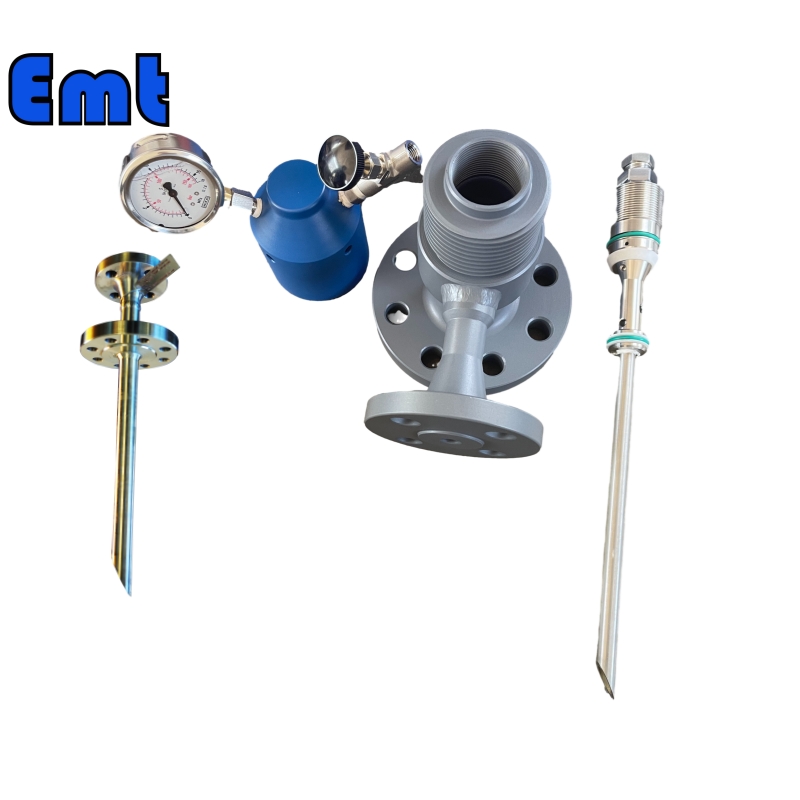
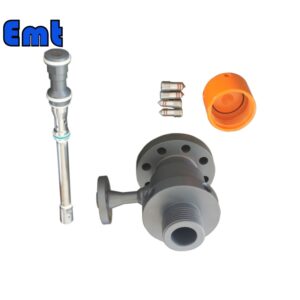
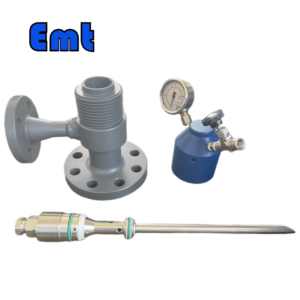
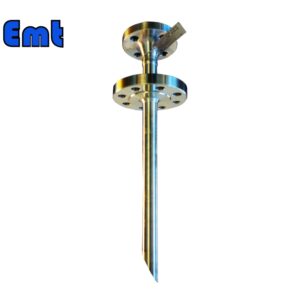
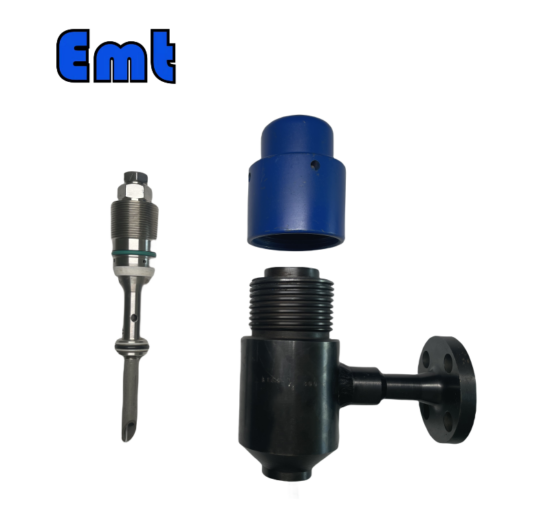
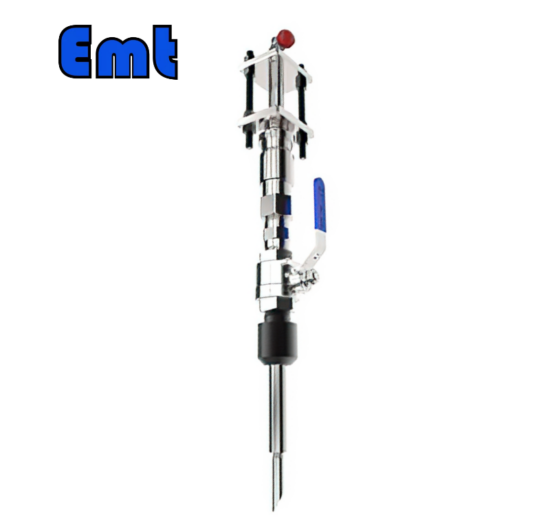
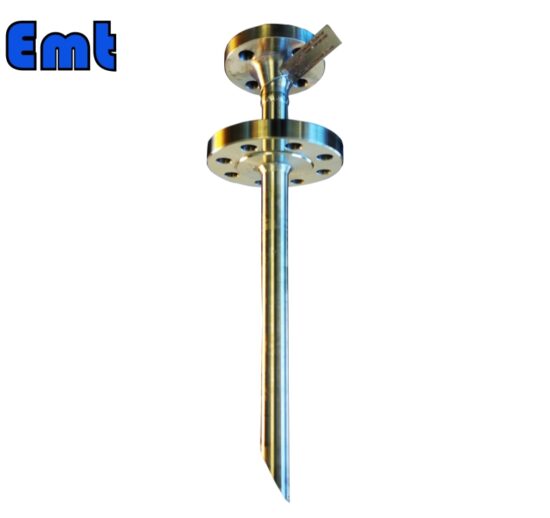
Il n’y a pas encore d’avis.